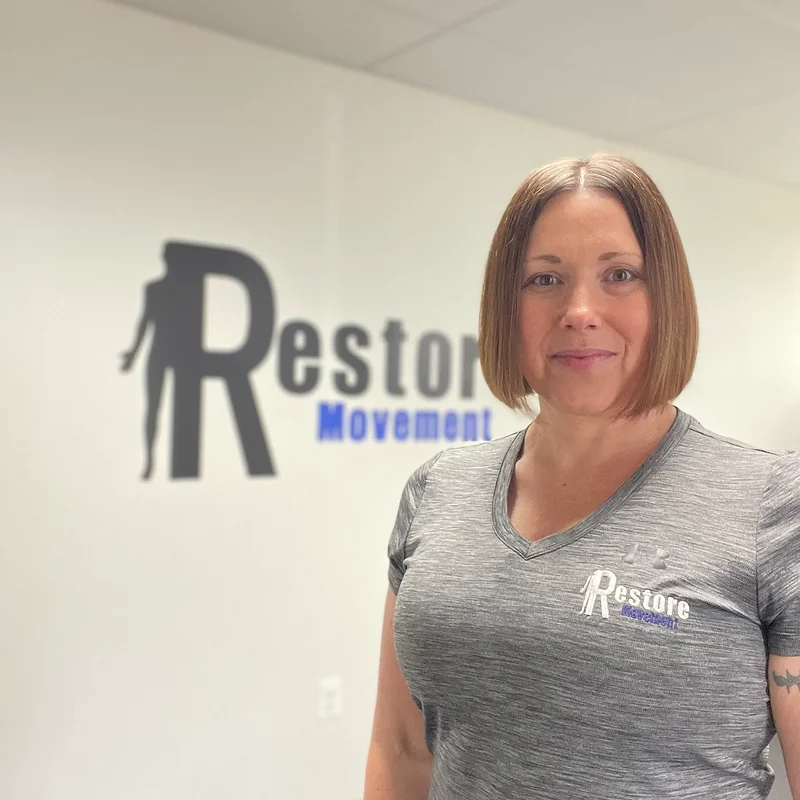When choosing a new habit or new year’s resolution, start small, very small. It is recommended by top psychologists to maintain (and remain consistent with) already established healthy habits, enhancing them as needed/desired, and building upon the foundation of them by adding other positive additions, mindfully and progressively.
Remember also, that you don’t HAVE to choose a new goal ever; it’s not mandatory. But, if you do, make sure you choose goals that align with YOUR values, not what social medial or other people tell you to do. And you certainly don’t have to set any goals at all just because it is January 1st. Setting goals throughout the year is a better way to manage goal success and compliance.
Wellness encompasses 8 co-dependent dimensions: Emotional, Physical,
Occupational, Social, Spiritual, Intellectual, Environmental, and Financial.
When setting goals for health and wellness, don’t forget about all aspects of your life, not just physical health and exercise. However, we often choose physical fitness as new year’s resolutions, so let’s look at strategies that can help anyone maintain their goals and be successful. With any type of goal, writing down a plan is the first step. There must be a clear and precise plan in place for any strategy to be effective.
A goal without a plan is just a dream.

Be SMART in starting your goal planning process:
S=Specific, M=Measurable, A=Achievable, R=Realistic, T=Timely.
Setting short-term goals, milestones, and long-term goals will all be important along the journey, as will celebrating goal achievements. When it comes to health and fitness, these goals should be looked at as life-long, so re-evaluations will become a regular part of the plan to ensure success and determine whether modifications are needed.
Sample SMART Goal for weight loss:
Specific: I want to lose 20 pounds, 2 inches from my waist, 2 inches from my hips, and build strength in the upper body.
Measurable: A scale will be able to measure weight loss, a measuring tape will measure inches, and a strength test will assess upper body strength. Measurements will be taken every 2-4 weeks.
Achievable: I want to lose 20lbs in 13 weeks, making weekly weight loss 1.5lbs (1-2 pounds per week is ideal and lifestyle sustaining). Inches for hips and waist will be achieved as 1 inch lost per 4-6 weeks. And building upper body strength will occur every 6-8 weeks (1-2 pounds of lean muscle gain can be achieved with the right strength training and nutrition plan).
Realistic: I will commit 3 days a week to strength training and work with a trainer 2 of those days. (Benefits to having a trainer, friend, or coach is that they can help keep you on track and hold you accountable). I will also commit to walking 20-25 minutes a day at a moderate pace to increase heart rate (this satisfies the recommended cardio exercise of 150 minutes weekly for a healthy lifestyle). I will make a daily menu and write it down on a white board in the kitchen. I will try to do it for the week, but start with daily.
Timely: Setting the short-term goal of losing 1.5 pounds per week, and strength training 3 times per week, and the first milestone will be 5 pounds lost at the 3.5 or 4 week mark, followed by 10 pounds lost at 6.5 or 7 weeks at which point 1 inch will be lost from waist and hips.

Keeping a log of progress will be the only way to monitor progress.
You must know where your started to know where you are going.
Pick a time of the day that works best with your schedule to strength train and do cardio, so you can stick to the plan. The more consistent the program, the better your adherence will be.
It can be hard to begin and remain consistent with new habits, however, motivation will come from tracking and attaching constancy to the plan. At the end of month-one, celebrate the milestones you have achieved. An example milestone might be that you were consistent with 3 strength training days a week all month.
Celebrating the process, as well as the goal, will ensure you stay motivated to stick with it.
Short-Term and Long-Term Goal Strategies:
Short term goals are considered 1 week to month at a time. Mid-range goals are 2-5 months, and Long-term goals are 6 months to a year, and beyond. Our short-term goals will constantly be changing and adapting because they will (hopefully) be achieved and celebrated, which in turn, sets the course for long-term success. Learning to adapt and change along the journey will be key, as there will be setbacks and hurdles, but this is not something to fear or get discouraged by.
Never lose sight of the bigger picture and be willing to embrace positive change.
Choose activities you enjoy doing, perhaps, for a little more fun, you can invite friends or family to join you. When we have fun, it doesn’t seem like work. When we find an activity or exercise that we enjoy doing, we tend to want to do them more. This leads to a consistency, becomes a routine, and allows us to achieve our short and long-term goals. Finding a healthy relationship with exercise and/or the gym is also important.
Working out should never be a punishment, just like food should never be a reward.
If/when you achieve a goal or a milestone, celebrate by buying a smaller size shirt or pants that you couldn’t/wouldn’t wear before, go out and see a movie; do something that is special or meaningful. I don’t recommend celebrating with food because food is simply fuel for our bodies. You wouldn’t put more gas in your car if you already had a fun tank, right? It would overflow. Our bodies are similar. Creating a healthy (‘food is fuel’) relationship with food rather than a reward/punishment relationship will take practice, just like exercising takes practice.
I recommend using some sort of tracking modality, whether its digital or hard copy, to keep track of progress, milestones, setbacks, etc. Having a monthly plan written out on a calendar or spreadsheet with all the specifics you need will provide a clear and concise picture. Along with a monthly plan, have a weekly and daily to-do list, so you can check things off as they are achieved.
Checking things off a list can be satisfying, as well as motivating for the next day or week.
I recently discovered commit30.com which is a good resource to help navigate our busy lives and track our goals in 30-day increments. There are also apps like FitNotes you can use to track workouts, or good old pencil and paper or a spreadsheet on your computer/mobile device would suffice.

Whichever way you decide to track your journey is your call;
Just know it’s a vital part of the process ensuring your success on this new, enhanced pathway.
Remember, a goal without a plan is just a dream.
No more dreaming; you are ready for change!
I believe in you; Go now, and design your personal plan for success in 2023!

Restore Movement, Owner
484-372-3633
www.restoremvmt.com









